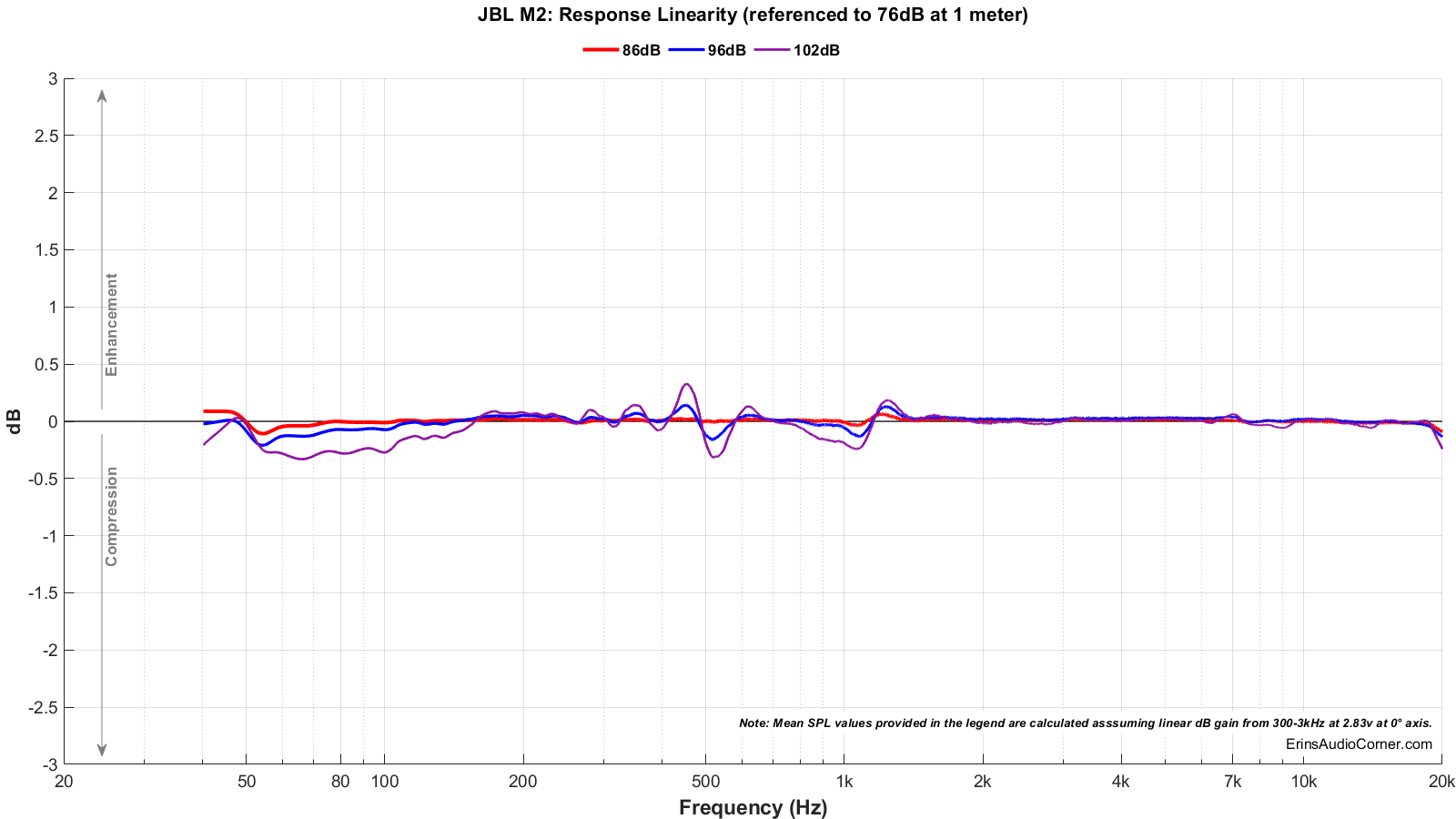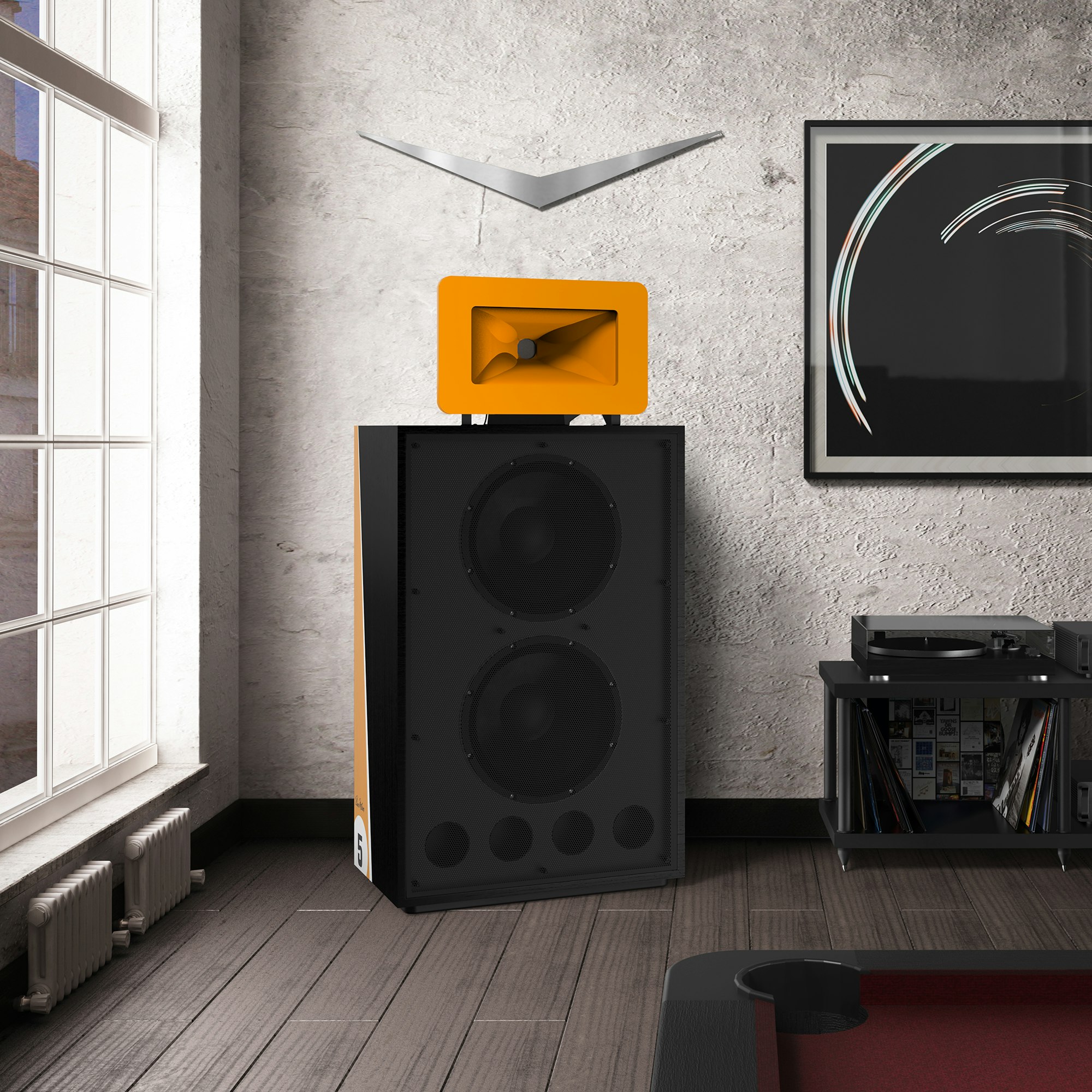Dome tweeters work very well when you use many of them together. Like in the CBT design. That seem to give the clarity similar to horns and the best compression drivers.
But yeah, a single dome tweeter doesn't cut it. Besides the obvious thermal compression, the intemodulation distortion of direct a radiator is higher. Something Paul Klipsch and others understood decades ago.
Also worth mentioning; The impulse response is quicker with horns and this may be the reason why horns have a "faster" and more dynamic presentation of transients.
But yeah, a single dome tweeter doesn't cut it. Besides the obvious thermal compression, the intemodulation distortion of direct a radiator is higher. Something Paul Klipsch and others understood decades ago.
Also worth mentioning; The impulse response is quicker with horns and this may be the reason why horns have a "faster" and more dynamic presentation of transients.






